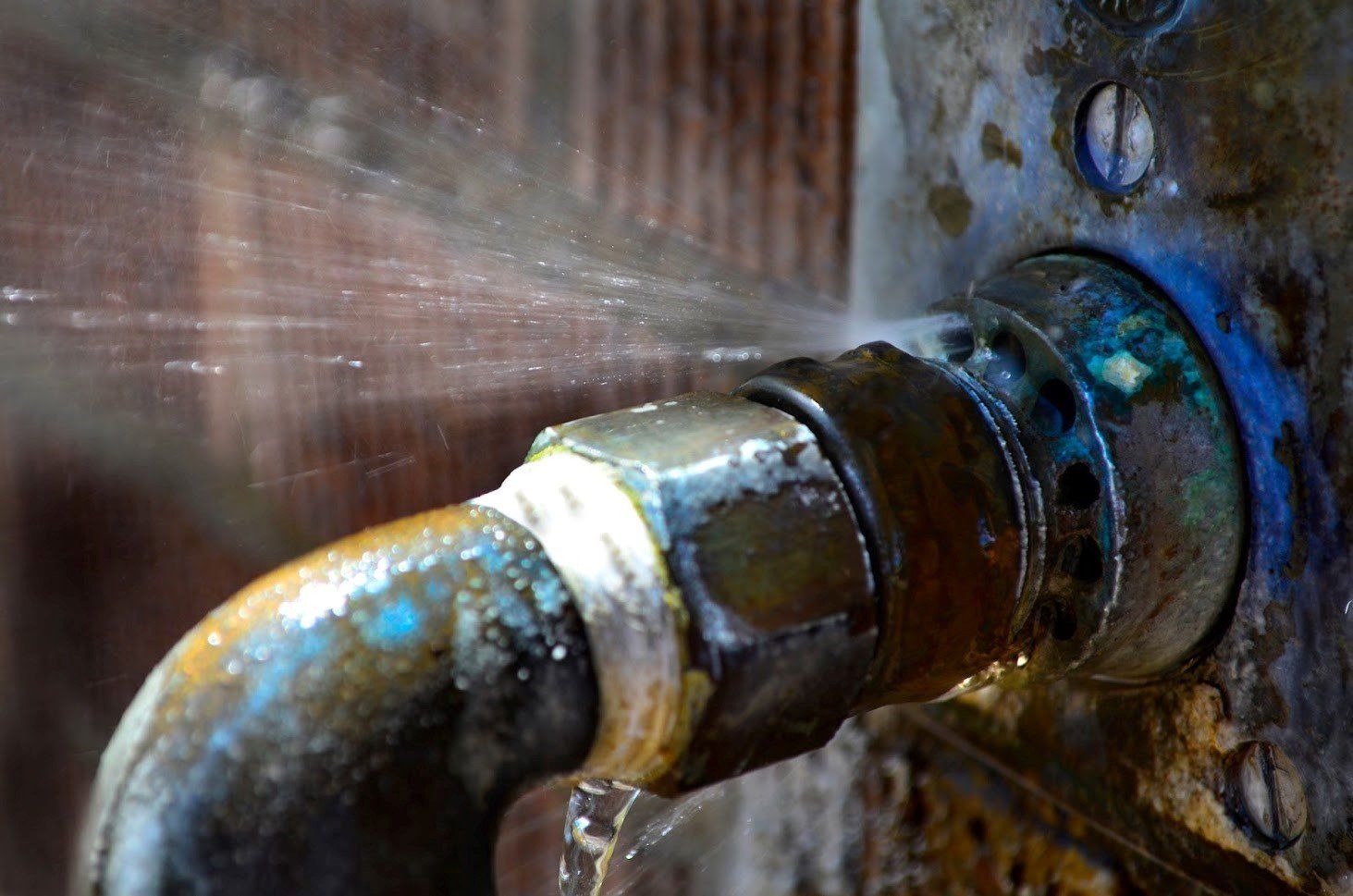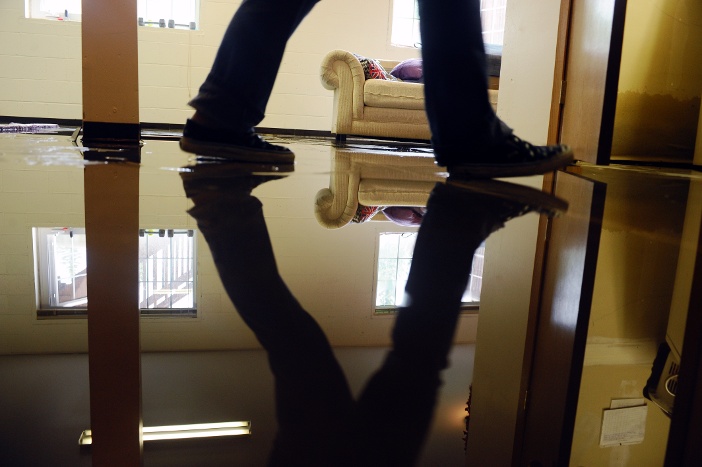Quick-Response Plumbing: Tips for Identifying and Dealing With Burst Pipes
Quick-Response Plumbing: Tips for Identifying and Dealing With Burst Pipes
Blog Article
The content which follows relating to What to Know Before Installing a Dishwasher is exceptionally enjoyable. You should take a look.

A burst pipe is a significant emergency; you can only stand as you view water you pay a lot to rejoin with the earth. In worse instances, you notice a pool on your kitchen area flooring, which is a great trip risk, specifically if you have youngsters around. If the pipe that burst remained in your wall surfaces, bad news: you may require to paint that whole section.
Exactly how can a catastrophe like a ruptured pipeline be prevented and managed? Well, by listening to your specialist emergency plumbers as well as complying with these regulations.
How do I know when my pipes have burst?
Changing water stress
Pipelines do not simply burst in a day. You might have observed that your kitchen area faucet or shower does not run immediately when you turn the faucet. It may stop briefly for a few secs and after that blast you with more force than typical.
In other circumstances, the water might seem normal initially, then decrease in stress after a couple of secs.
Damp walls and water spots
Prior to a pipeline ruptureds, it will certainly leakage, most times. If this consistent leaking goes undetected, the leakage might finish right into a wide gouge in your pipe. One simple method to prevent this emergency is to keep an eye out for damp wall surfaces advertisement water discolorations. These water stains will lead you right to the leak.
Puddles under pipes and sinks
When a pipe ruptureds, the discharge develops a pool. It might show up that the pool is expanding in dimension, and also despite the amount of times you wipe the pool, in a couple of mins, there's an additional one waiting to be cleansed. Often, you may not be able to map the pool to any kind of noticeable pipelines. This is an indication to call an expert plumber.
Untraceable leaking noises
Pipe bursts can occur in the most unpleasant areas, like within concrete, inside walls, or under sinks. When the house goes quiet, you might be able to listen to an irritatingly persistent trickling noise. Even after you have actually inspected your shower head and cooking area tap, the trickling may continue.
Beloved visitor, the dripping might be coming from a pipeline inside your walls. There isn't much you can do about that, other than tell a specialist plumber.
Turn off the Water
When water ices up, it broadens in volume by regarding 9 percent. And it broadens with tremendous pressure: The pressure inside pipelines may go from 40 extra pounds per square inch to 40,000 psi! No pipe can hold that much stress, so it breaks open. The break might happen where the ice kinds, however more often, it happens where water pressure discovers a weak spot in the pipe. That might be inches and even feet from the icy location. Discover the water shutoff valve and switch off the water to avoid more damage. You could likewise need to shut down the electrical energy as well, relying on where the leakages happens and just how huge it is.
Contaminated water
Many individuals presume a burst pipeline is a one-way outlet. Quite the contrary. As water drains of the hole or gouge in your plumbing system, impurities find their method.
Your water may be contaminated from the source, so if you can, check if your water container has any troubles. Nevertheless, if your drinking water is provided and cleansed by the city government, you must call your plumber instantly if you see or scent anything amusing in your water.
What do I do when I find a ruptured pipeline?
Your water meter will continue to run also while your water wastes. To minimize your losses, find the primary controls and also transform the supply off. The water mains are an above-ground structure beside your property.
How to Fix & Detect a Leaking Pipe
How Do I Know if a Pipe is Leaking?
Leak detection tests can help you determine if your pipe has a leak. Even if you don’t see an apparent leak, you should still conduct leak detection tests regularly to save water and money—and prevent major damage to your home.
Water meter. It can be helpful to figure out what your usual water meter usage numbers are and then monitor them regularly. To monitor your meter, first, turn off all water faucets in your home. Check the meter and write down the numbers. In a few hours, check the meter again. If the numbers have changed, you have a leak. Water gauge. Use a water gauge to test your water pressure. Your showerhead should produce a certain amount of water pressure based on its model and design. If the pressure is lower than it is supposed to be for that specific showerhead, your home likely has a leak. Puddles. Look inside your bathroom, laundry, and kitchen sink cabinets. Puddles around the cabinets or around toilets, tubs, showers, and washing machines indicate the presence of a leaking pipe. You may also notice loose tiles, peeling or flaking paint, or mold caused by water accumulation. Napkin test. Even if you don’t see any puddles, you may still have a leak. You can test for water leaks in the bathroom, laundry, and kitchen by wiping below-sink connections with a napkin, paper towel, or piece of toilet paper. If it becomes damp, you probably have a leaking pipe under the sink. Discolored walls. Walls that are discolored—usually with brown or yellow stains—or bulging might mean that they have been impacted by water damage caused by a leaking pipe. Smell. A leaky pipe will create sitting water, and over time, that water may develop a musty smell. If your home smells musty, but you can’t locate the source, it may be due to a leak. Steps for Fixing a Leaking Pipe
A leaky drain can be remedied by tightening the pipe base, replacing the drain seal, caulking the rim, and tightening the pipe nut. Similarly, a leaking toilet pipe can be treated by tightening the packing nut. You may also need to replace the valve. A leaky faucet may just need tightening or replacement of the washers. If that doesn’t work, consider replacing your faucet. If your pipe has a hole in it, you may want to use a pipe leak sealer or pipe leak tape. This quick fix for water pipe leaks can also temporarily fix a copper pipe leak. https://www.ahs.com/home-matters/quick-tips/how-to-tell-if-pipes-are-leaking/

Hopefully you enjoyed reading our topic on How to Prepare for Your Dishwasher Installation. Thanks for spending some time to read through our post. Remember to take the opportunity to share this blog posting if you enjoyed it. Thanks for your time. Kindly check up our blog back soon.
Click For More Information
Report this page